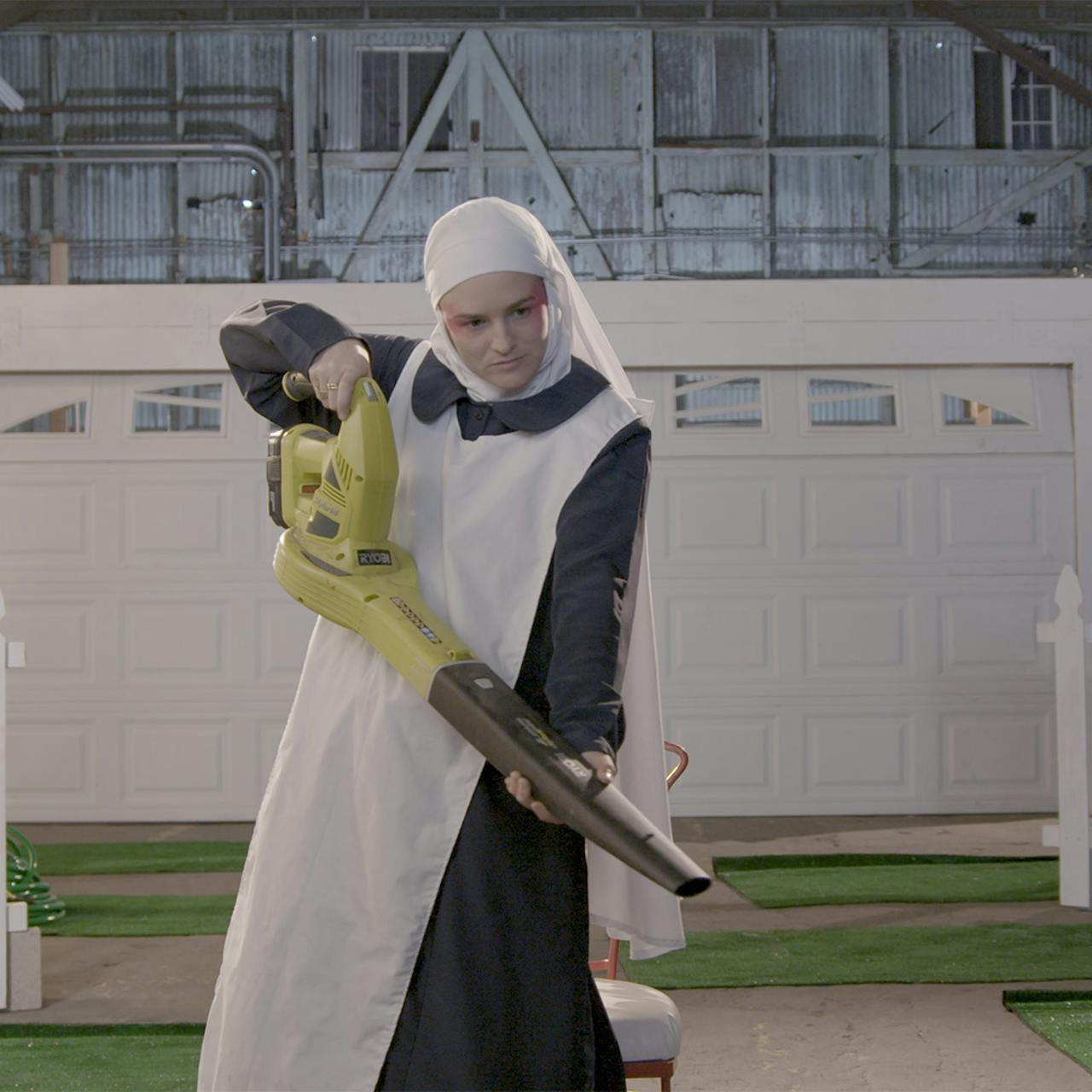Seduced by Suburbia
GARAGE


Olivia Erlanger and Luis Ortega Govela
Without the car, there’d be no suburbs. The new found ability to travel distances at high speed created the possibility of sprawl at a time when the government encouraged home ownership (or, rather the illusion of ownership through systems of debt) by creating the Federal Housing Authority in 1934 as part of the New Deal, making way for low-interest, long-term mortgages and entangling banks and homes in a way whose consequences have become ever more clear as the decades have progressed.
And the real estate speculation that made America modern was fundamentally driven, no pun intended, by the new technology that propelled it, a fact that car companies made certain was enshrined in law: advocating for government policies that only permitted mortgages to homes with attached garages.
But along with policies of financialization and car-mania were laws and covenants that made suburban homes accessible only to white Americans and created a form of suburban modernity based on the subjugation of women through unpaid labor; cooking, cleaning, and caring for kids.
